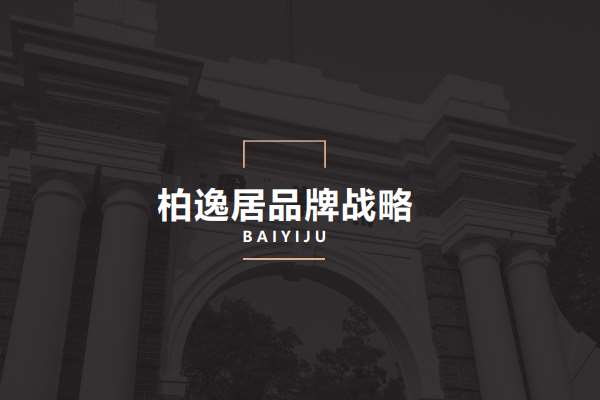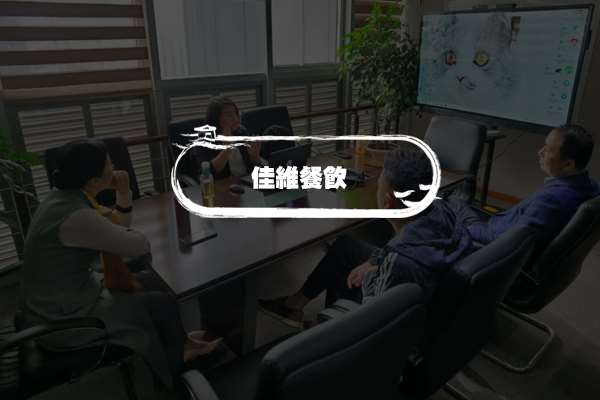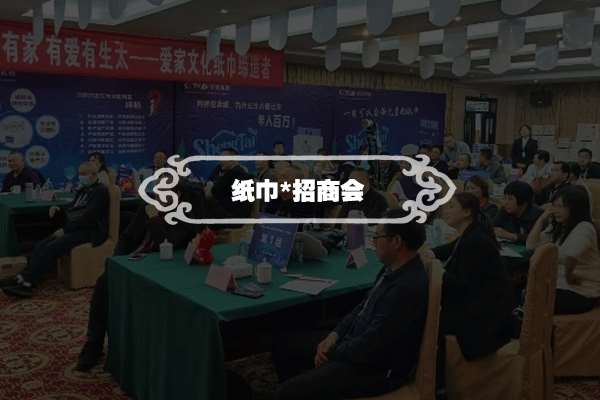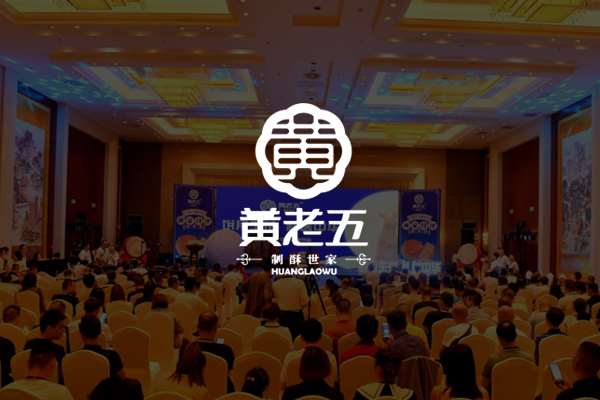Title: Analysis of Business Models of European and American Orchestras
Introduction:
The European and American orchestra industry has witnessed immense transformation in recent years due to changing audience preferences and technological advancements. This article aims to analyze the business models of these orchestras, exploring their revenue streams, cost structures, and strategies for sustainability.
Body:
1. Revenue Streams:
a) Ticket Sales: Orchestras generate revenue through ticket sales for their live performances. Pricing strategies, including tiered ticket prices and subscriptions, play a crucial role in maximizing revenue.
b) Philanthropy and Donations: Many orchestras heavily rely on philanthropic contributions from individuals, corporations, and foundations. These donations provide a significant portion of their annual budget.
c) Endowment Funds: Some orchestras have established endowment funds, which generate a consistent income stream through investment returns. These funds act as a safety net during financial crises.

d) Merchandising: Orchestras monetize their brand by selling merchandise such as CDs, DVDs, t-shirts, and other related items. This helps generate additional revenue beyond live performances.
e) Educational Programs: Orchestras offer educational programs for students and other community members. These programs not only contribute to society but also generate revenue through participant fees and sponsorships.
2. Cost Structure:
a) Artistic Personnel: Orchestras have substantial costs associated with talented musicians, conductors, composers, and soloists. These professionals are essential for maintaining the quality and reputation of the orchestra.
b) Administrative Staff: A team of administrators manages various aspects of the orchestra, including marketing, finance, operations, and fundraising. Their salaries and operational costs contribute to the overall cost structure.
c) Venue and Equipment: The rental and maintenance of concert halls, instruments, music libraries, and audiovisual equipment require significant financial resources.
d) Marketing and Promotion: Orchestras allocate a budget for marketing and promotion to attract audiences, especially in today's competitive digital landscape.

e) Education and Outreach: The costs associated with running educational programs and engaging with the community are part of the orchestra's mission-driven expenses.
3. Strategies for Sustainability:
a) Diversification: Orchestras are exploring diverse programming, including collaborations with popular artists, film scores, and contemporary compositions, to attract a wider audience and eliminate the perception of classical music as elitist.
b) Digital Engagement: Orchestras are leveraging digital platforms to reach audiences globally. Live-streamed performances, online subscriptions, and social media engagement enable broader accessibility and revenue generation.
c) Strategic Partnerships: Collaborations with other cultural organizations, corporate sponsors, and community institutions can help reduce costs, improve visibility, and broaden the orchestra's reach.
d) Community Outreach: By actively participating in educational initiatives, outreach concerts, and youth programs, orchestras strengthen their relationship with the local community, building long-term support and patronage.
Conclusion:
The business models of European and American orchestras have evolved to adapt to changing market dynamics and audience expectations. Revenue diversification, cost optimization, and strategic partnerships are imperative for their sustainability. By embracing technological advancements and engaging with their communities, orchestras can position themselves for long-term success in the dynamic music industry.








